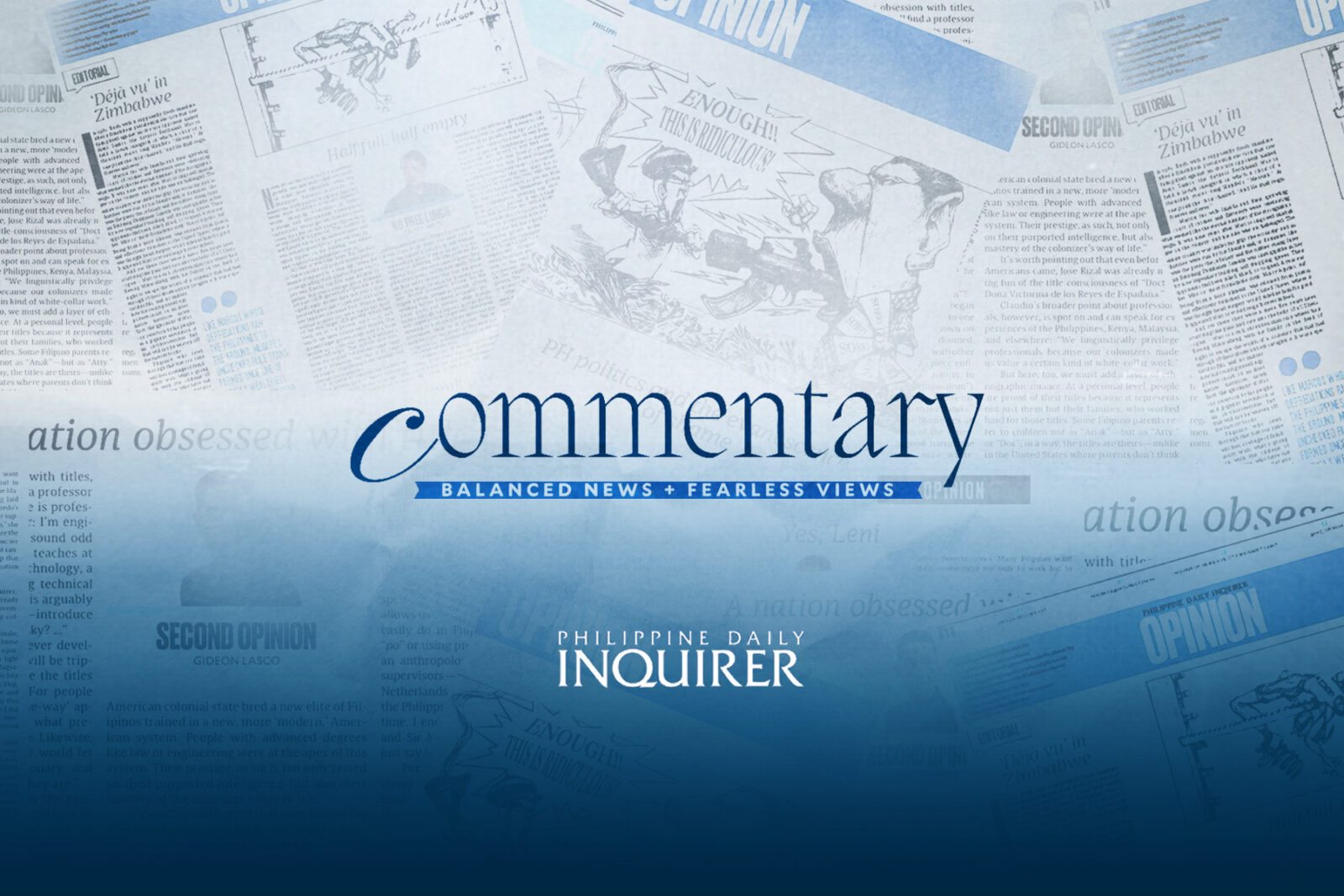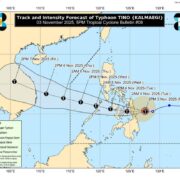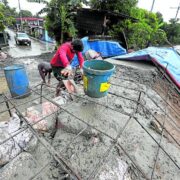Risk-based planning for future disasters

The devastation recently brought about by Severe Tropical Storm “Kristine” is yet again another of the many indications that we seemingly don’t learn from past experiences. And President Marcos’ expression of being helpless does not encourage confidence in the government’s approach to the problem.
Kristine’s destruction reflects the expectation that in the coming years, the major driver of the increasing damages and losses from disasters will be the unabated growth of people and assets in harm’s way, especially in urban areas. By 2050, we can expect some 70 percent of the Philippine population to live in urban areas. Located along the coastline, in flood plains, along seismic rifts, or the foothills of volcanoes, with their concentration of people and assets, our towns and cities are vulnerable to disasters.
The combination of rapid and unplanned urbanization, which takes place on marginal lands and hazardous areas in combination with poorly constructed settlements and degraded ecosystems, puts more people and more assets in harm’s way.
A large majority of our towns and cities are particularly at risk. Lacking financial resources, infrastructure, services, and the capacity to manage the increase in urban population, their exposure is increasing and will translate into heavy loss of lives and properties due to climate and disaster events unless proactive measures are mainstreamed into urban planning and governance processes.
The government needs to understand that urbanization, environmental degradation, climate change, and development-related planning and processes shape and configure hazards. The complexity of systems and uncertainty related to the impacts of development and climate change affect the way we understand and manage risks when we build and develop our cities. We have to accept that our underlying assumptions could be wrong and that the risks of disasters cannot be eliminated completely. This has two implications for urban areas.
First, rather than focusing on “optimal engineering design,” cities should adopt a robust approach to uncertainty and unknown risks using a balance of ecosystem measures and land use options, which incorporate a greater degree of flexibility into designs of engineered measures and take into account potential weak spots and failure.
Government planners must understand and incorporate natural ecosystem services into urban infrastructure and resilience projects. Second, the recognition of residual risks implies that cities have to continue improving the quality of risk communication, early warning systems, emergency contingency, evaluation, and recovery planning.
Land use plans are meant to influence the location, type, design, quality, and timing of development. Risk-based land use planning, when mainstreamed in the design of infrastructure projects, identifies the safest areas to prioritize urban development investment and thus, reduces the risk in hazard-prone areas. Combined with land-use planning, ecosystem management approaches for resilience in urban areas make use of the existing natural landscape and can significantly decrease the cost of urban infrastructure projects.
Ecosystem management requires an understanding of ecosystem services and the local urban environment. Several ecosystem management strategies are relevant to urban resilience and disaster risk reduction, including watershed and coastal zone management, urban landscape design, green and blue infrastructure, and environmental buffers.
The aftermath of Kristine provides an opportunity for the government to push through with both corrective and preventive actions. The government has an obligation to protect its citizens. As the Inquirer mentioned in its Oct. 27, 2024 editorial, the government is the last institution to feel hopeless. It should take the rapid expansion of our towns and cities as an opportunity to develop and manage settlements in a way that they incorporate resilience into regular urban planning.
Resilience goes beyond risk management measures. Resilience increases preparedness and the capacity to respond to a disaster and swiftly recover from its impacts. It has to be part of everyday urban development, medium- and long-term planning and investment, urban governance, and hazard management.
—————-
Nathaniel von Einsiedel (nveinsiedel@gmail.com) is a fellow emeritus of the Philippine Institute of Environmental Planners and the principal urban planner of CONCEP Inc.
The author (nveinsiedel@gmail.com) is a Fellow and Past President of the Philippine Institute of Environmental Planners and Principal Urban Planner of CONCEP Inc.

















